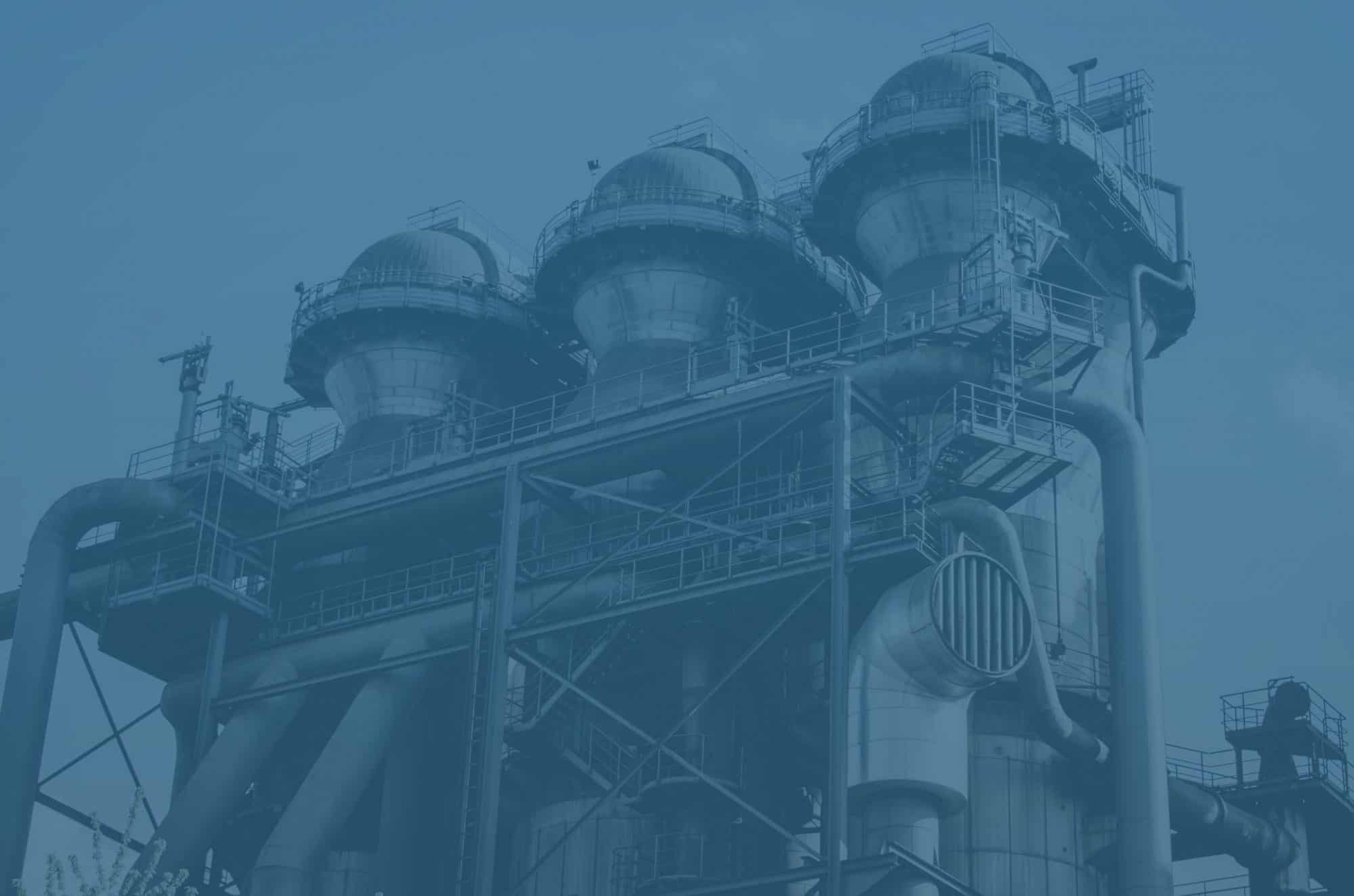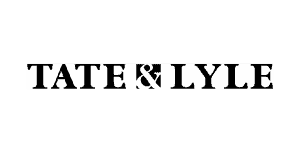When the situation calls for industrial silencers, people come straight to us. Our expert team is capable of creating designs for all kinds of situations. This includes in-line silencer solutions. Every product is high quality and will offer long term service, especially with the right maintenance plan. Continue reading “How much pressure drop can I allow?”
Managing turbulence from compressed air
Our focus is manufacturing first-rate industrial silencers. We produce various designs as opposed to just one. This way, we can meet the distinct requirements of every customer. Designs we specialise in include inline, gas ejector, and direct line, but we can cater for almost any application. Continue reading “Managing turbulence from compressed air”
The maximum allowable sound from airflow
Ventx focuses on supplying first-rate industrial silencers for all of our clients. As the name implies, you use them to create quieter workplaces. We ensure we only use the finest materials for our products. This helps them to withstand the impact of thermal shock. They prove very useful whenever a gas vent is giving you grief. Continue reading “The maximum allowable sound from airflow”
Where do I position my silencer?
We all experience loud noises at some point during the day. However, too much at once leads to serious damage. Thankfully, we have a range of solutions that can help. Our discharge silencer is especially popular. This isn’t just some standard product; our team designs each unit so that it meets the exact requirements.
First-time users of silencers won’t know exactly where to put them. Ideally, you must position them as close to the noise source as possible. This shall aid you in stopping the sound at its origin. Additionally, it’ll cap noise breakout points along your system. Yet, turbulent airflow typically occurs near noise sources. This includes dampers, valves, and fans. Consequently, users need to assess aerodynamic system effects.
Improved flow conditions
A discharge silencer can actually enhance flow conditions near the fans. This is especially likely if the design is correct. Discharge and special fan inlet silencers lower aerodynamic system effects. Inlet box silencers do the same but they also suppress noise at its source. Their efficient added pressure drop can be moderately negative. This is if the silencer boosts the flow out of or into the fan. As a result, the fan’s performance increases.
Acoustic spots
The mechanical room wall might be the ideal acoustic spot for a duct silencer. The purpose here is to minimise break-in/breakout and duct-borne noise. Nonetheless, you usually find fire dampers here. To compromise, users tend to place silencers within the mechanical room. You may have to put the silencer outside this room though if there isn’t enough space.
At Ventx, one of our most valuable tools is our modern computer software. We use it to produce predictive acoustic models for systems in the design stage. This permits us to fashion a discharge silencer for your operations. As a result clients get fantastic results.
If you’d like more details, you’re welcome to call us whenever you please.
Predicting noise levels in industrial settings
Our team is one of the leading providers of industrial silencers in the country. They can aid you if you’re struggling with a discharge vent. Other applications we cater for include discharging an air compressor vessel as well as silencing a steam boiler. There’s also plenty more our merchandise can help you with.
You may be an engineer that’s tasked with purchasing a vent silencer. There’s a lot you need to think about here. Because of this, things can seem overwhelming at times. It doesn’t have to be like this though. What we’re going to do is talk about the details you must consider. In the end, you should be able to select a suitable product without much difficulty.
How much noise?
The main area you have to look into here is the noise created by the high-pressure discharge vent. For years, researchers have contributed to calculating the noises that come from the high-pressure venting of gases. As a result they have been able to identify key factors they can use to predict the sounds. Below, you can find several examples of these details.
The factors
Firstly you need to look at the mass flow. The greater this is, the more noise the system will generate.
The molecular weight and type of gas is important as well. If your gas is relatively light, the noise will be louder.
Speaking of light gases, high temperatures lead to lighter gas flows. Consequently, everything becomes noisier.
There’s also the matter of upstream pressure vs. downstream pressure. The more excessive the former is relative to the latter, the louder the noises.
At Ventx, we go to great lengths to ensure your silencer performs to acceptable standards. We will start by looking at your unique requirements. Afterwards, we’ll use what we’ve learned to create your product.
If you have a noisy discharge vent to deal with we can be of assistance to you. Please get in touch with us to discuss your needs and find a reliable solution.









